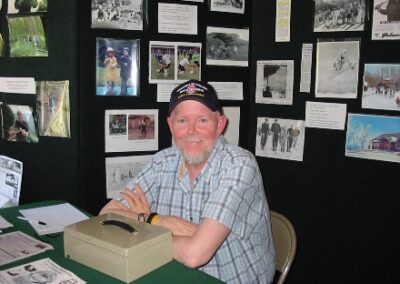Season preview!
It’s just starting to feel like spring but we’ve been busy firming up plans for a jam-packed season of programs and activities.
Details will follow on this website, and in a flyer to be sent with the Spring Bridge to our members. For now, a partial preview:
The first program of the year will be April 20 when homeowners in Margaretville and Halcottsville share the secrets of their houses and the people who lived there.
Vintage postcards and ephemera will be offered at a show and sale at the hall June 8.
The second annual Living History Cemetery Tour will be June 29 in Clovesville. Ten former residents will be profiled, including a 10-year-old girl, the last of the stage coach drivers, and famed bear hunter Mike Todd!
Come see local faces of the Civil War at our summer exhibit July 4-Sept. 1. The hall will be open every Saturday. Five outstanding Civil War programs are scheduled throughout the summer, from battlefield medicine, to women’s roles and a reading from local letters and diaries. A horse named Rebel will tell his story on July 13.
Mark your calendars for a community picnic Sunday of Labor Day weekend, with the music of the 77th Regimental Balladeers.
We’ll have the History Tent at the Cauliflower Festival Sept. 29. The event will feature a sheep and wool exhibit and demos this year!
Entertaining speaker “Big Chuck” D’Imperio will talk about “Fascinating Facts of the Empire State” at our Annual Meeting Oct. 27.
Want to volunteer at any of these events? Email us! We could use your help!









